We're about halfway through our quarantine here in Oslo before heading up to Svalbard.
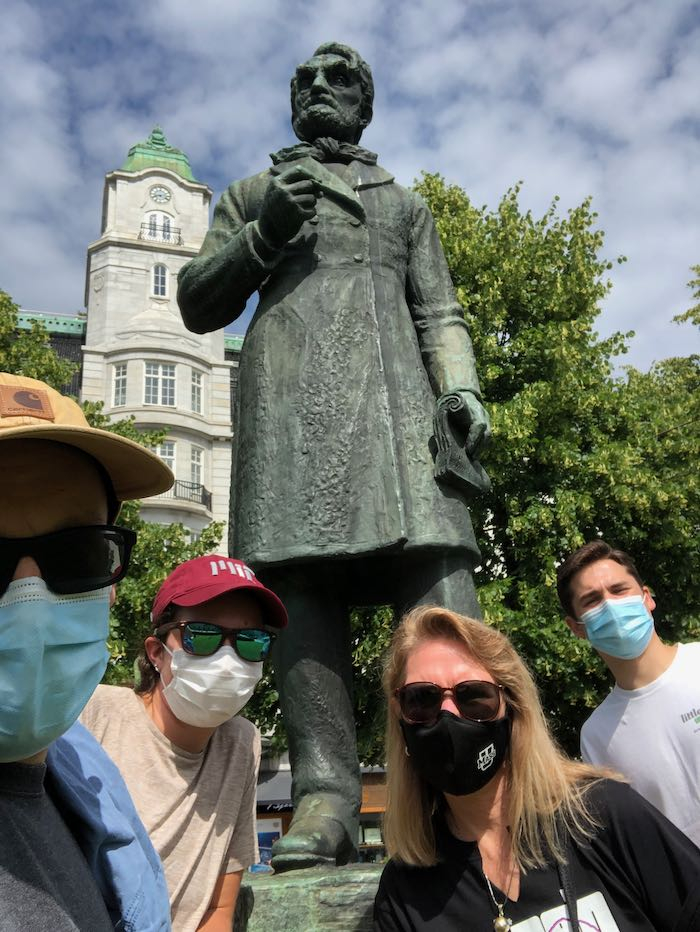
We're allowed to go outside for walks and runs, and we are super lucky to be staying right next to the beautiful Akerselva River which has a lovely walking path along its whole length. It has been an amazing place to run every day and it helps that the weather has been great. Here is a video with some shots of the river I strung together from today's run:
I’ve been thinking about how green Oslo is. To be sure, the climate of this region probably makes it relatively easy, but the city has clearly made it a priority to preserve green spaces and to keep this green spaces accessible.
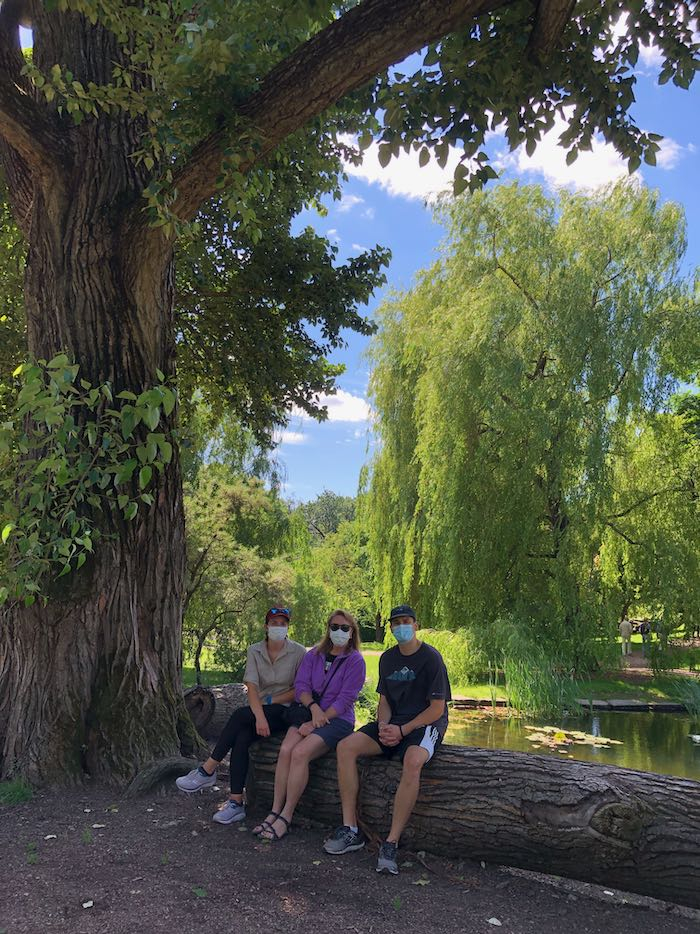
Back home, I’m lucky to live in an area of Boston with ample access to green space. I run and bike along the city’s famed “Emerald Necklace” on a daily basis, and we live 15 minutes away from a large state park with miles and miles of hiking trails (The Blue Hills Reservation).
ClimateThe average weather over a particular region of the Earth. Climate originates in recurring weather phenomenon that result from specific types of atmospheric circulation. change is foremost on my mind these days, and I’ve been thinking about how increased green space in cities can help mitigate some of the effects of climate change. For example, while cities in the US are sweltering right now, having tree-shaded parks can make a difference. For one thing, more trees can actually lower the temperature in cities - where there is what is called the “urban heat island effect” (concrete, asphalt and other materials heat up and retain heat more effectively than plants do). Trees not only provide shade and absorb light which would otherwise be absorbed by asphalt and concrete, but the process of trees transpiring will absorb heat as well (the physics is basically that as water evaporates off the leaves of trees, heat is absorbed from the surrounding area - in the same way that your body cools down as you sweat).
Access to green space has also been documented to improve people’s mental health. This review article from the WHO summarizes the evidence well. The gist is that there are a range of psychological indicators (lowered stress, increased social connections, access to physical activity, among others) which are improved when people have access to parks or other green spaces in their lives. I’m sure it’s no accident that when people go for walks or runs we tend to gravitate towards tree-lined parks, rivers, lakes, etc. - we are probably psychologically hard-wired in some way to know that these places will bring us the most joy (or at least lower stress).
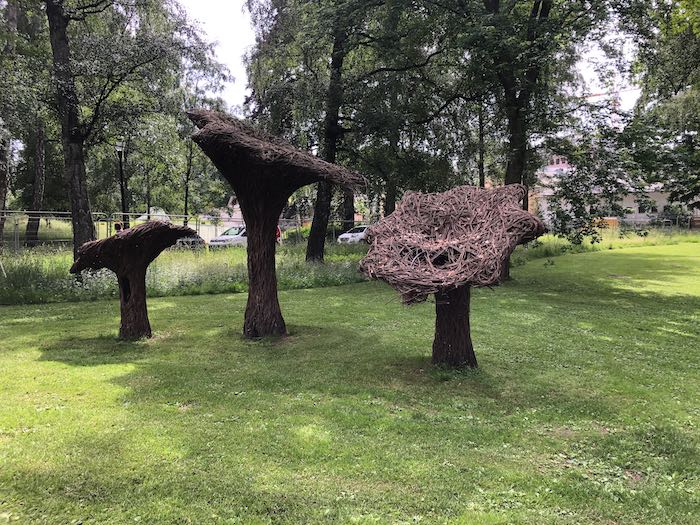
So, at the same time we should be doing all we can to prevent the worst effects of climate change by lowering our carbon emissions, advocating for more green spaces in our cities is another noncontroversial thing that we can do.
Anyway, those are my thoughts on another lovely Oslo summer day.
It looks like we will get our COVID tests on Saturday, meaning that quarantine will likely end by Sunday or Monday. Which should give us at least one day to fully play tourist before we head up to Svalbard on Tuesday.
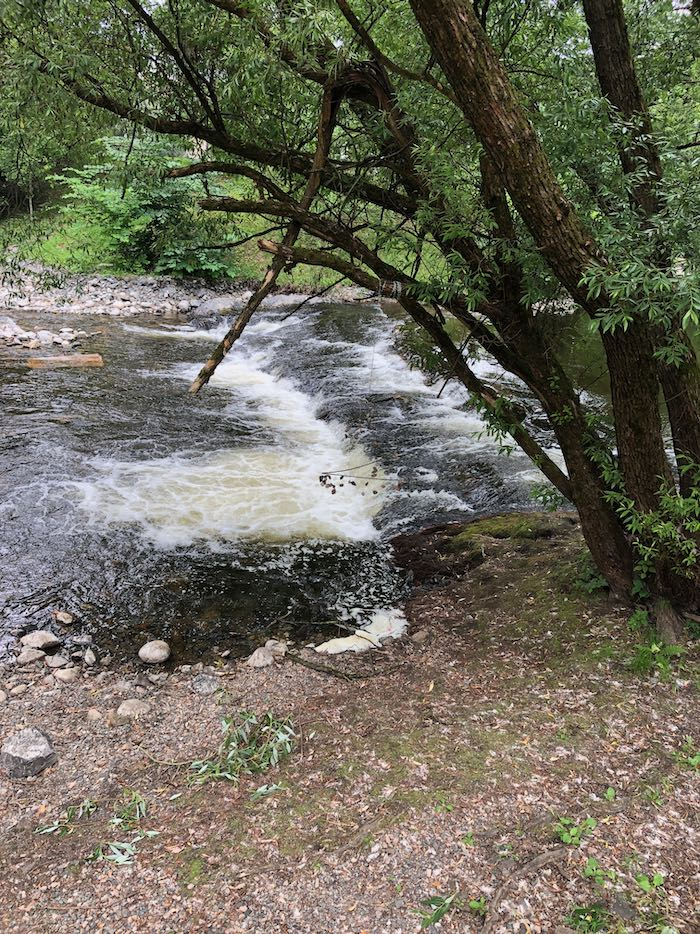
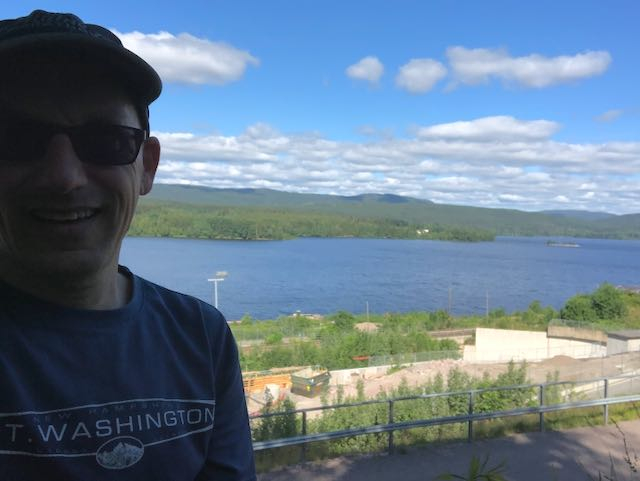



Comments